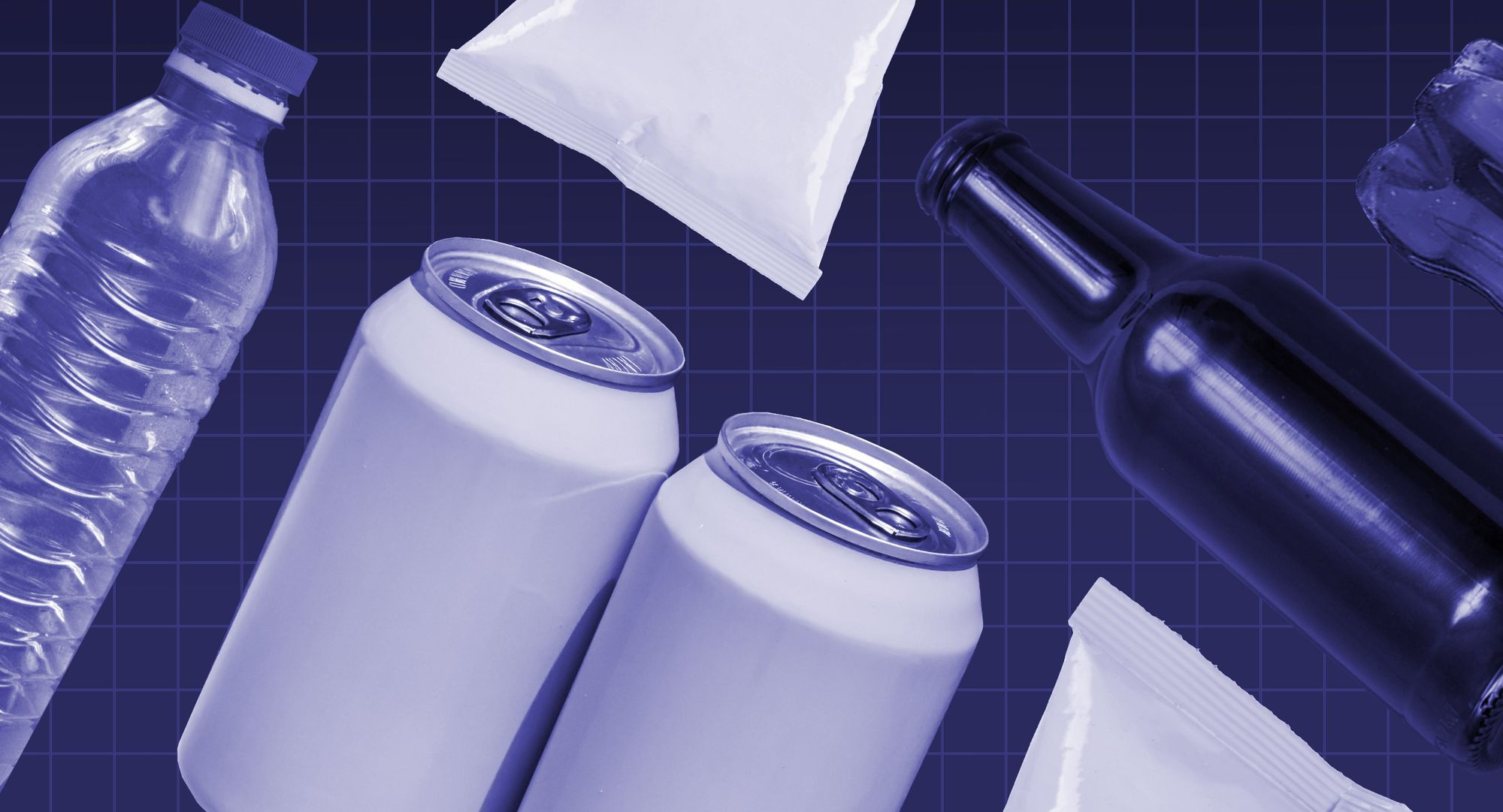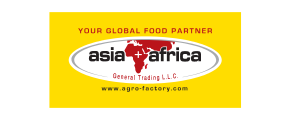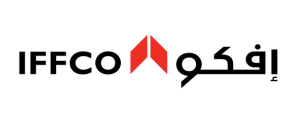Tracking sustainable food and beverage packaging innovation

As sustainability has come into greater focus in the food and beverage industry, CPGs are tackling the significant carbon footprint accrued from product packaging. The amount of plastic waste ballooned from 2 million metric tons in 1950 to 348 million metric tons in 2017, and that number is set to double by 2040, according to the United Nations.
A key element involves reducing the production of single-use plastic, which is seen by sustainability experts as one of the most harmful packaging types and has led to a severe accumulation of waste globally, particularly in oceans. Companies like Nestlé and PepsiCo and have set goals to make 100% of its packaging materials recyclable, reusable or compostable by 2025.
Over the last several years, Big Food companies have also announced or rolled out new packaging innovations that aim to replace plastics completely with less environmentally harmful materials like paper or aluminum. Most recently, these include Kraft Heinz's collaboration with Pulpex on ketchup bottles created from 100% wood pulp, Molson Coors' introduction of cardboard wrap carriers to replace plastic 6-pack rings, and Chobani's paper-based yogurt cups.
Consumer interest in sustainable packaging — along with pressure from activist investors — have helped drive this push by CPGs in recent years. The quickening pace of announcements from large food and beverage players shows it's a trend that's only set to intensify in the months and years ahead.
Click on company or brand names, or dates of launch in order to learn more about the packaging innovations at major food and beverage companies since 2020, which materials are being used and plans for their launch. This tracker will be continually updated. See something we missed? Reach out to us via email.
)
)
)



)
)
)
)
)
)
)
)
)
)
)
)
)
)
)
)
)
)
)
)
)
)
)
)
)
)
